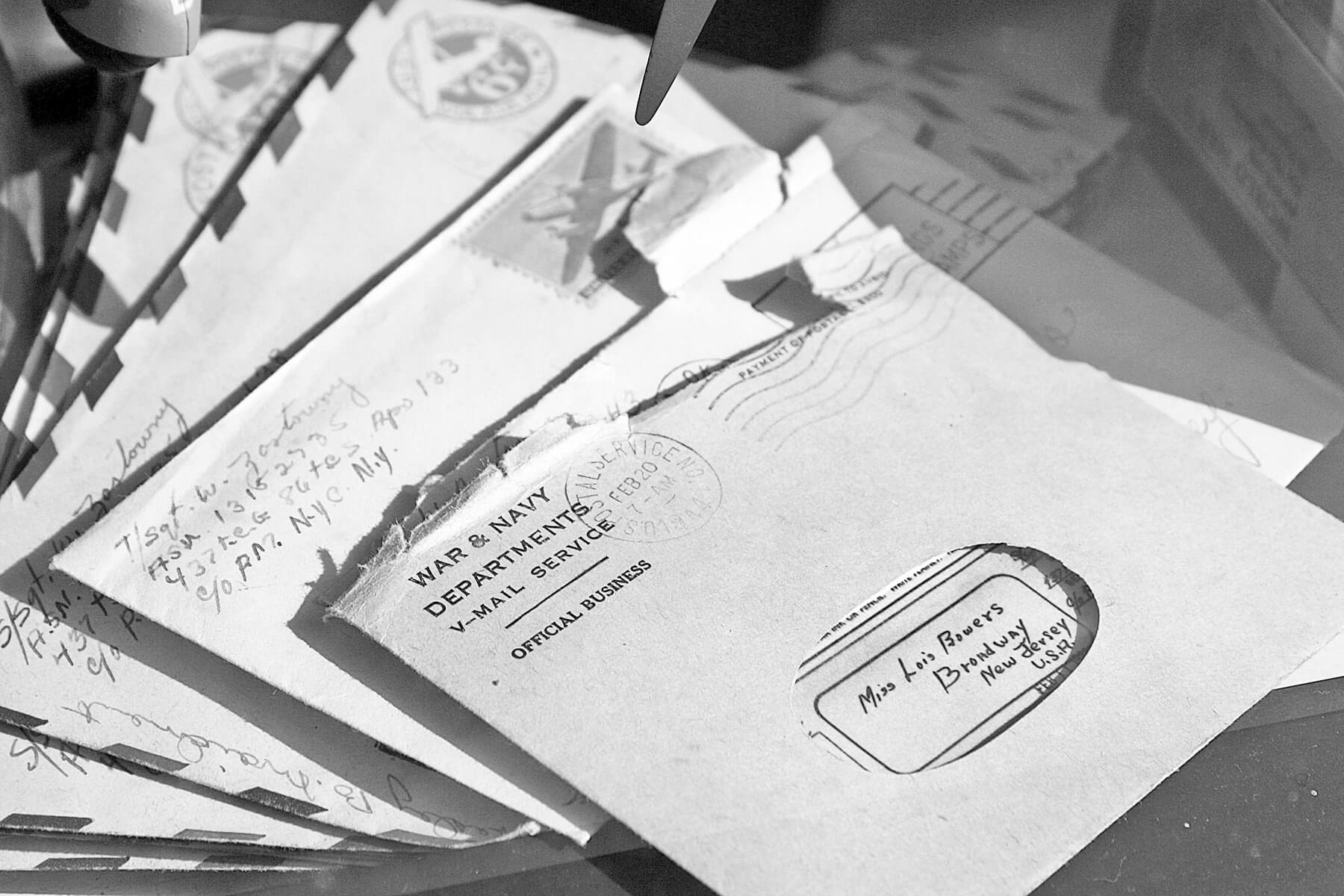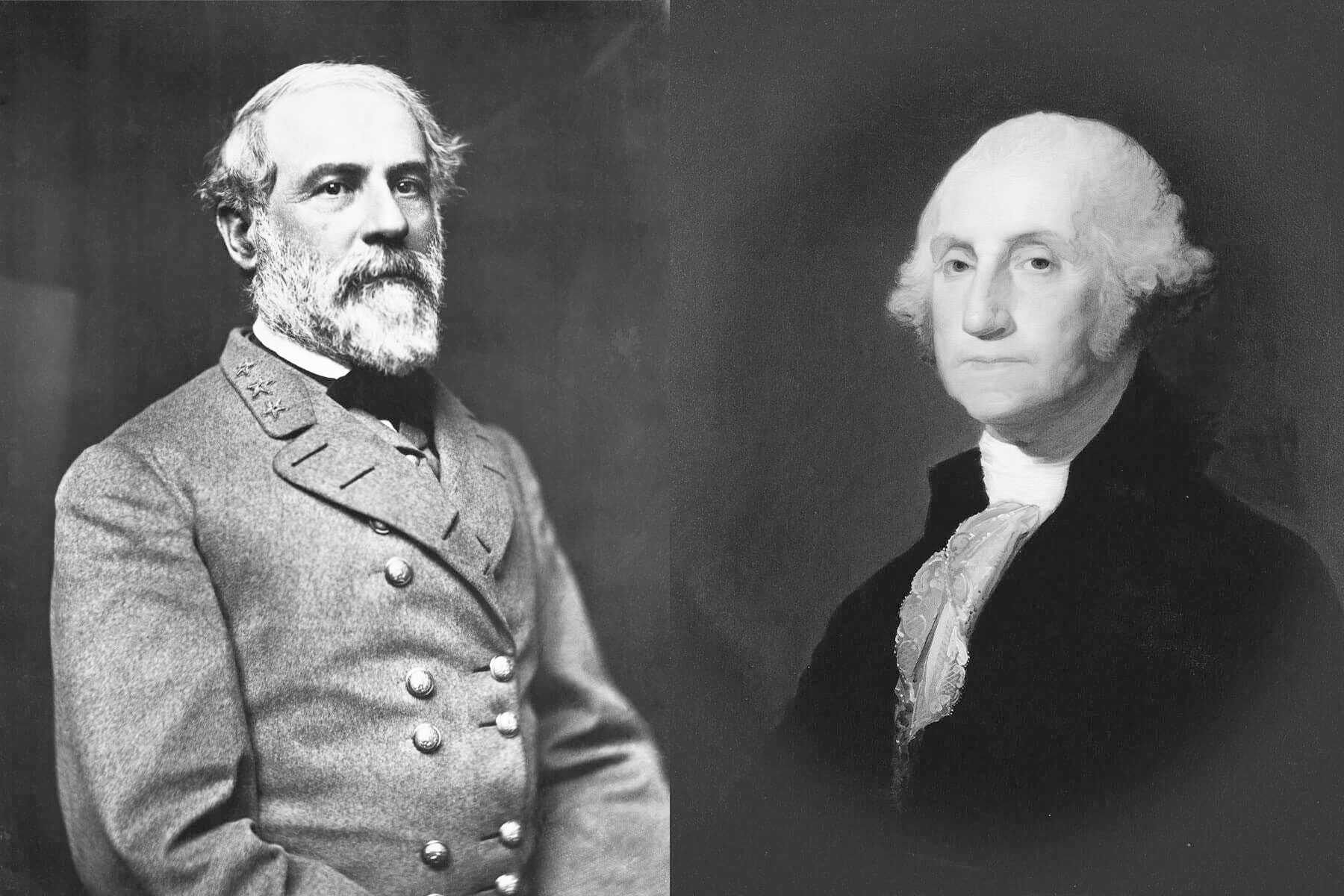The 335-year-long war with no battles
Tuesday, September 10, 2024
The Isles of Scilly, a quiet archipelago off the coast of Cornwall in southwest England, is the unlikely site of one of the longest wars in history — although the 335-year conflict between the Dutch and the English was because of a clerical error rather than lingering animosity. |
| |
| |
|
 |
|
| T he Isles of Scilly, a quiet archipelago off the coast of Cornwall in southwest England, is the unlikely site of one of the longest wars in history — although the 335-year conflict between the Dutch and the English was because of a clerical error rather than lingering animosity. There were no battles or bloodshed, and everybody involved forgot they were at war after just a few months. |
|
|
| Starting in the 1640s, the British Isles were mired in a civil war between the Royalists, who supported the monarchy of Charles I and II, and Parliamentarians, who supported Parliament. The Dutch were longtime allies of the Royalists, but they predicted — rightly — that the Parliamentarians would be the victors. Wanting to be in England's good graces after the likely change in leadership, they threw their support behind the Parliamentarians. The Royalists were, predictably, unhappy about this, and started raiding along Dutch shipping routes in the English Channel. |
|
| By 1651, the Royalist navy had been forced out of Cornwall and pushed back into the Isles of Scilly. The Netherlands saw an opportunity to confront its former allies about the damage to its trade ships, and sent 12 warships to demand reparations. When they didn't get what they wanted, Dutch Admiral Maarten Tromp declared war on the Isles of Scilly, and therefore the Royalists, on March 30. The Dutch forces were still there when the Parliamentarians took the Isles of Scilly from the Royalists that June. Since the region was no longer under Royalist control, the Dutch sailed home, leaving a major loose end: their declaration of war. |
|
| For more than three centuries, life went on in the Isles of Scilly as if the war had ended when the Dutch left. But in 1986, a local Scillian historian named Roy Duncan wrote to the Dutch Embassy in London inquiring about the conflict. Sure enough, the embassy found documentation that the war had never technically ended, although it's unclear whether Admiral Tromp had the authority to declare war in the first place. Duncan invited Dutch Ambassador Rein Huydecoper to come to the Isles of Scilly to sign a peace treaty, thus officially ending the war on April 17, 1986. |
|
 |  |
|
|
 |
|
| |
|
| Inhabited islands in the Isles of Scilly | | | 5 |
| | | Duration (in years) of the bloodless Whisky War between Canada and Denmark | | | 49 |
| | | Duration (in years) of the bloodless Whisky War between Canada and Denmark | | | 49 |
|
|
|
| Year Charles II returned to England and took the throne | | | 1660 |
| | | Duration (in minutes) of the Anglo-Zanzibar War, the shortest in history | | | 38 |
| | | Duration (in minutes) of the Anglo-Zanzibar War, the shortest in history | | | 38 |
|
|
|
 |
|
 | | Did you know? |
|
|
A pig was the only casualty of a border dispute between the U.S. and Britain. |
|
| The San Juan Islands are a quiet archipelago in the northwest corner of Washington state, just a whisper away from what's now Canadian territory. The 1846 Oregon Treaty separated the American and British portions of the Pacific Northwest along the 49th parallel, but due to ambiguous language, the United States and Britain were both convinced that the treaty granted them the San Juan Islands. American settlers established farms on the islands alongside British farms, and both considered the others to be squatters. Long-simmering tensions hit their boiling point in June 1859, when an American farmer shot and killed a pig that belonged to the British and had been rooting around in his tuber crops. British authorities threatened to evict all Americans from the islands, and things escalated quickly from there. The U.S. sent in a 66-man infantry unit. British authorities sent three warships. The U.S. sent in 400 more soldiers. The British warships started conducting live drills. American soldiers started turning naval cannons into field cannons. It took six months for news of the brewing conflict to reach Washington, D.C., after which President James Buchanan, appalled at how the situation had escalated, sent aging war hero General Winfield Scott to contain the crisis. The two sides agreed to a joint military occupation while diplomacy played out, and after 12 years of negotiations, the San Juan Islands went to the United States. |
|


posted by June Lesley at 4:01 AM











![]()
![]()







0 Comments:
Post a Comment
<< Home